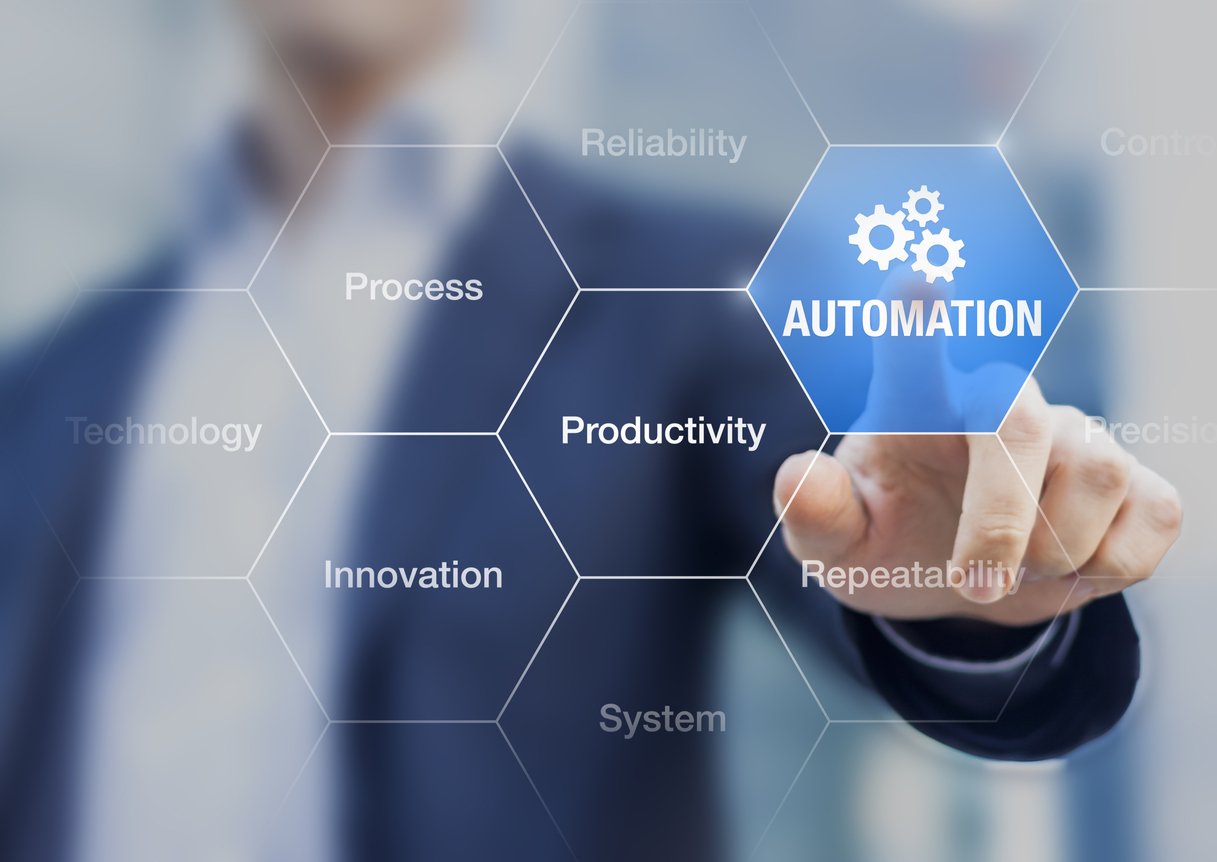4 Industries Leveraging Robotics & Automation For Future of Work
August 17, 2018

Right now, if your business or role involves repetitive tasks it is likely that you have already or will be impacted by robotics and automation. It is irrefutable that we need to expand our perspective to seeing that robots, AI and automation are infiltrating all industries and everyday life.
Let’s look at robotics/automation first and the impact on four industries:
Healthcare– robots in Japan have been created that are called ‘carebots’these robots are able to lift and move patients and are poised to become the norm in hospitals globally. One of the biggest challenges for nurses and healthcare professionals is lifting patients – it’s a major cause of injury on the job. If we look at how carebots can literally do the heavy lifting then it means that healthcare professionals can focus on what they do best – providing superior human based health care to patients.
Automation is also happening at the administrative level in healthcare, according to the statistics available in McKinsey Quarterly, 36% of the healthcare tasks — mostly, managerial and back-office — are amenable to automation. The benefits of robotic process automation in healthcare includes increased operational efficiency, productivity and cost-savviness.
Manufacturing – robots in manufacturing have been in place perhaps the longest. Car manufacturers have been using robots on the assembly line for over a decade. Robots in manufacturing have expanded to robots like OTTO that are self-driving couriers. OTTO can deliver parts, where a person would have spent time moving materials around the factory floor, or getting a restful night’s sleep, the robots are on 24/7 and act as couriers, saving time for people to spend on more productive tasks.
The cost of the technology is cost-effective and OTTO Motors plans to put robots into the world’s dullest, deadliest, and dirtiest jobs. This is where the company sees them having the most profound and positive effects on our lives.
Finance-Most of the robotics and automation in finance are chatbots or digital assistants, and either cloud-based or in the shape of robots and humanoids. Additional automation breakthroughs in finance are related to back-end operations or fraud prevention.
The Royal Bank of Scotland introduced Luvo an advanced AI bot to assist customers. Bank of America introduced Erica a text and voice chatbot to help clients with routine operations and mobile banking. Bank of Tokyo has Nao a multilingual assistant with access to nineteen languages and that also has camera and microphone capabilities to interact with clients. CoiN or contract intelligence is being used by JP Morgan Chase as an analyzer of documents with the ability to extract relevant clauses. ICICI bank one of India’s major private lenders became the first in the country to adopt software robotics, also known as robotic process automation (RPA) on a large scale. The operations department deployed around 200 robotics software programs, which helped in processing close to one million transactions daily.
Retail-Lowe’s introduced LoweBot, a NAVii™ autonomous retail service robot by Fellow Robots, in 11 Lowe’s stores throughout the San Francisco Bay area. LoweBot was rolled out over a seven-month period in San Jose, Calif., and will continue to explore how robots can meet the needs of both customers and employees. Sephora uses AI to engage customers through the online store and advises customers when it is time to buy new items by tracking customer spending history. Sephora also pioneered the Virtual Artist which allows customers to ‘try on’ makeup using virtual technology.
Many of us have used the automated self-serve checkouts at Target, Home Depot, and other retailers. Of course, a major technological innovation with all retail is Apple Pay, tap to pay and coming soon paying with Bitcoin. (Bitcoin is currently available at retailers such as Overstock.com, Expedia and Shopify.)
Are you leveraging automation and robotics in your business?
Take a look at your processes and repetitive tasks and see what you could outsource to automation and thus free up time for higher value activities.
At Nextmapping, we help leaders, teams and entrepreneurs map out their future that includes how to implement and create cultural buy in to technological innovations.